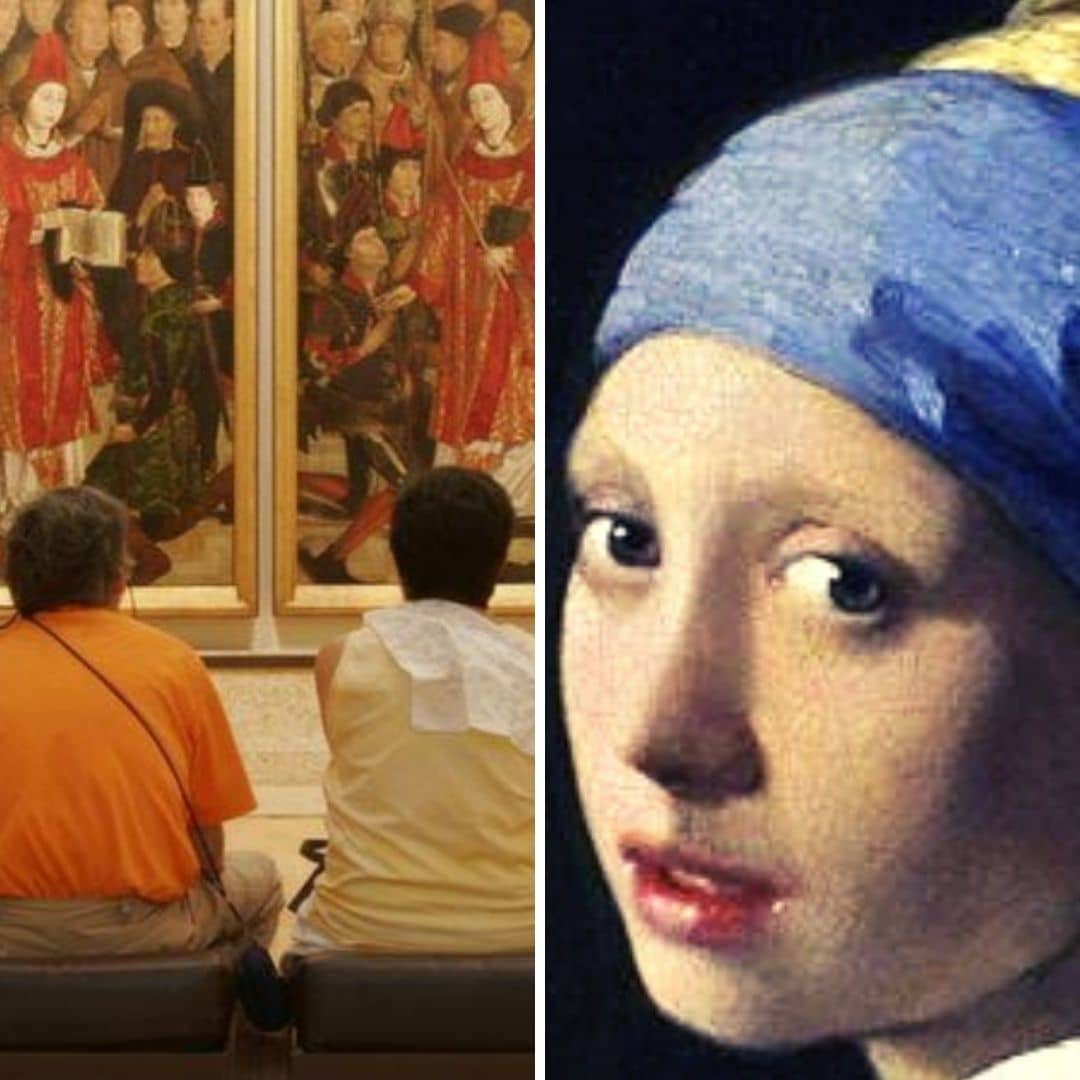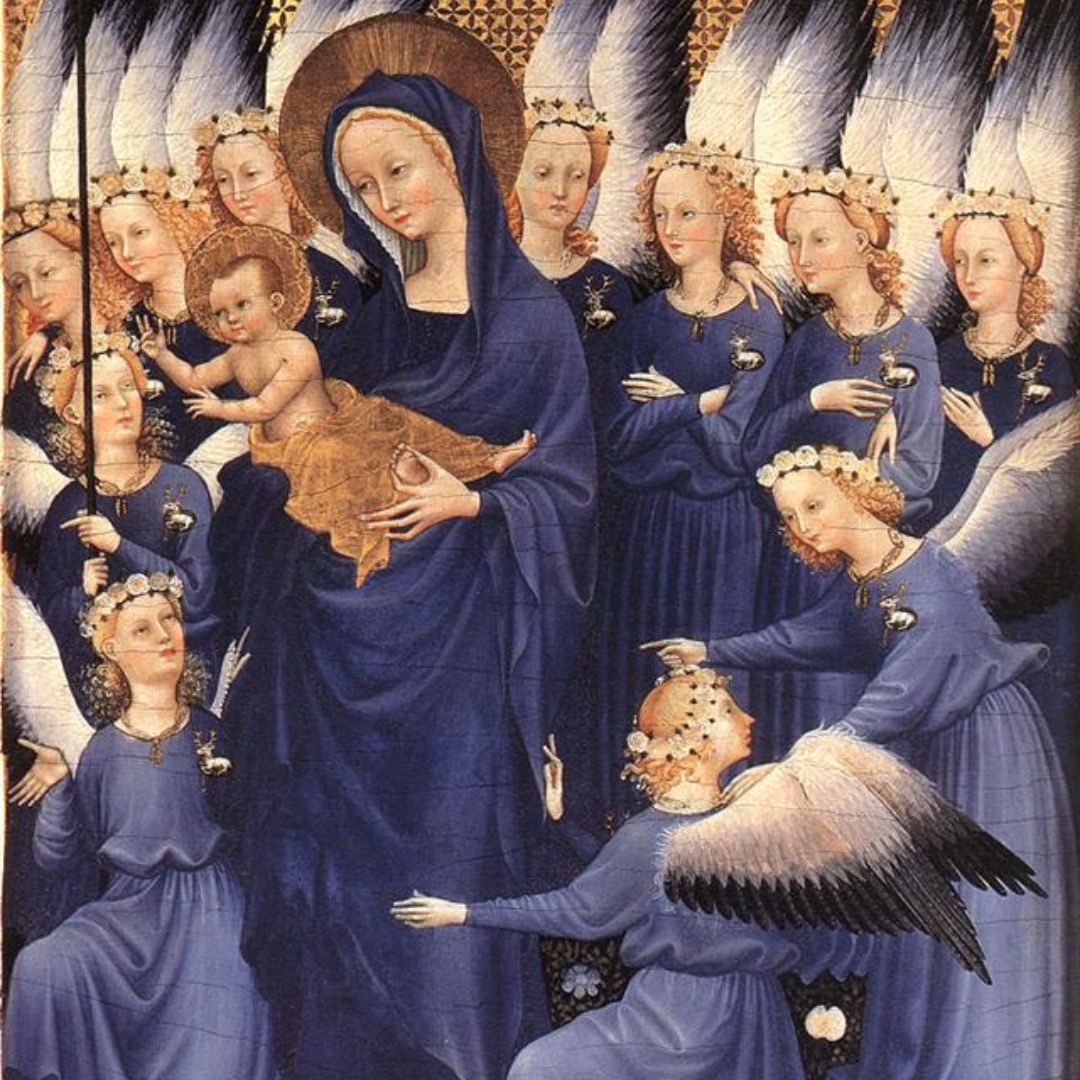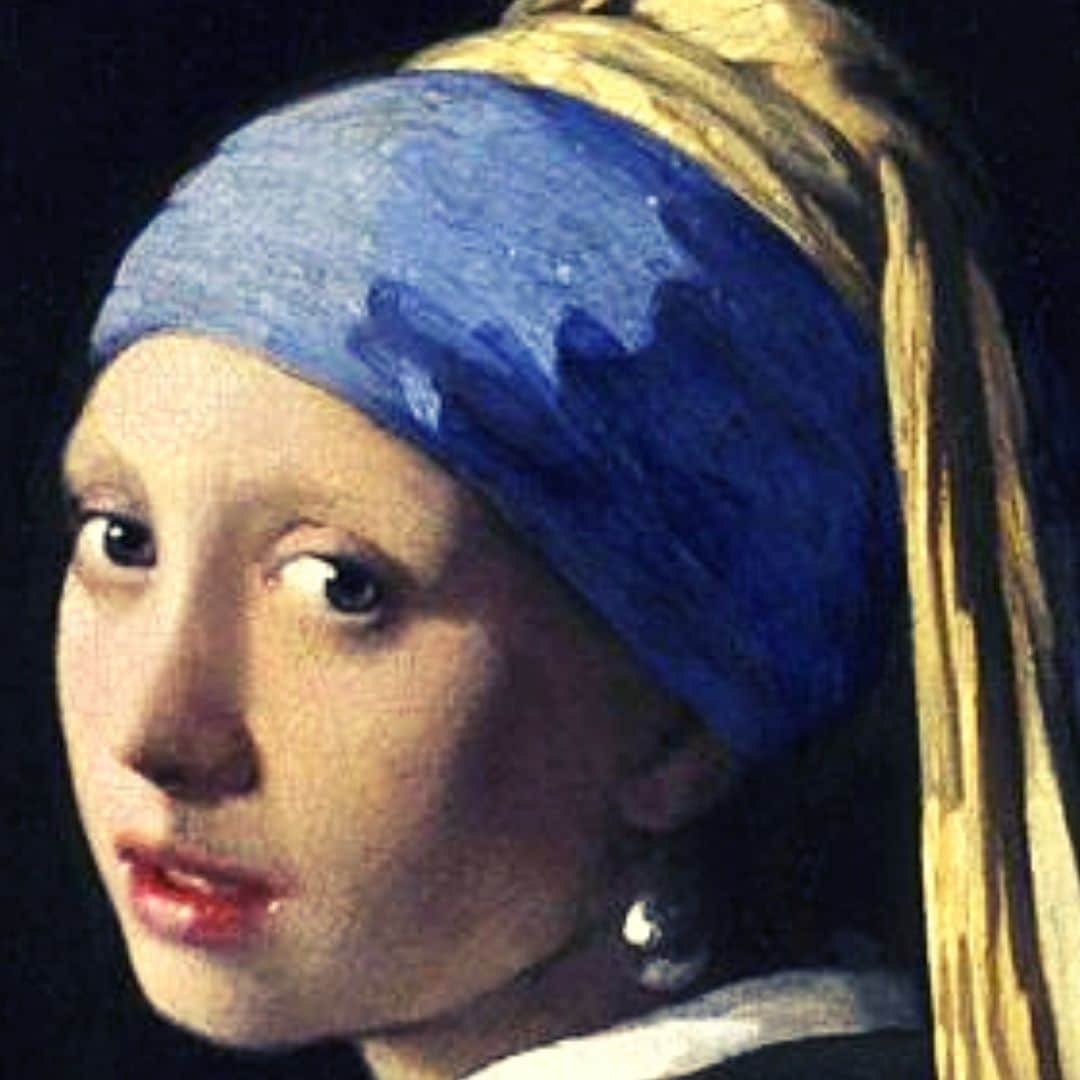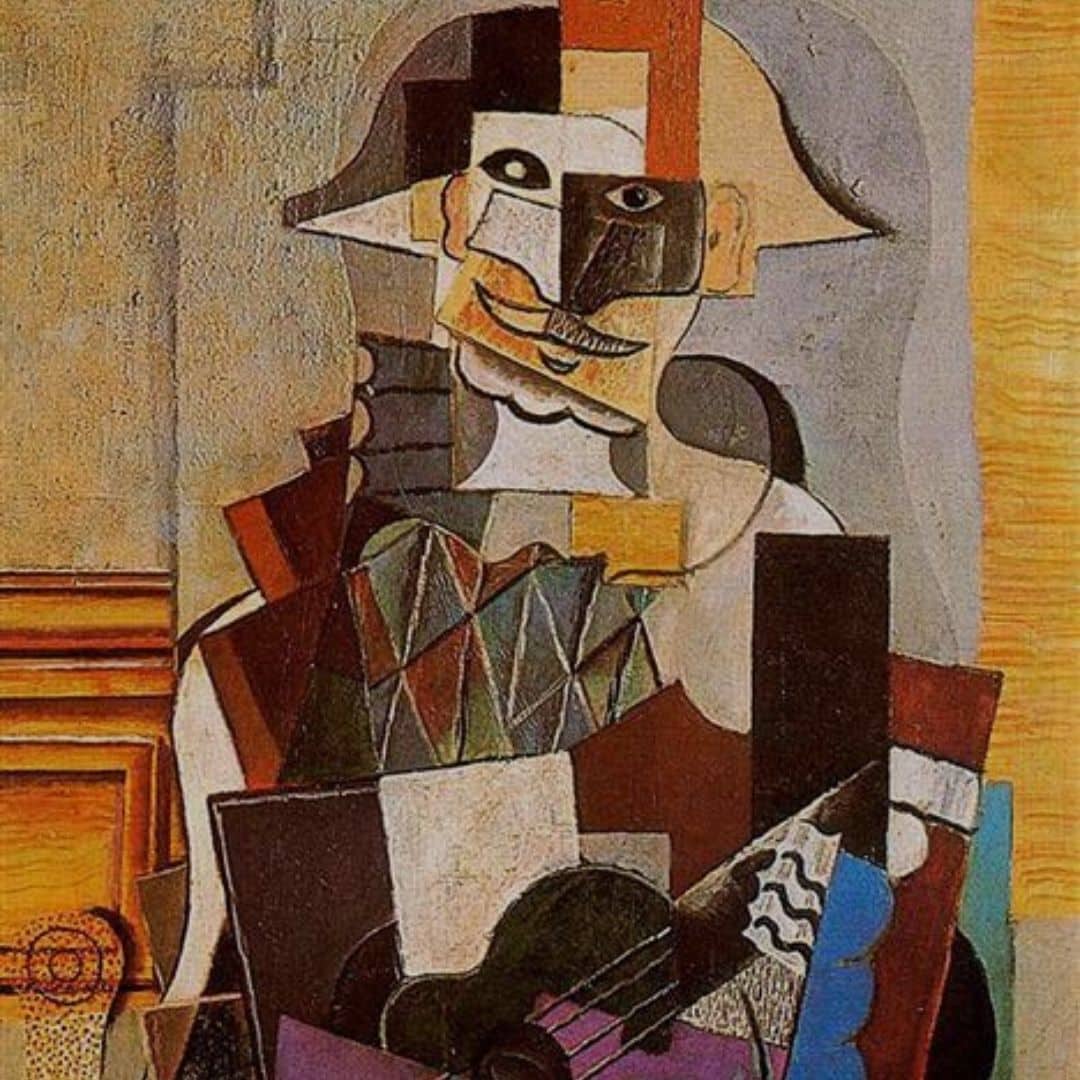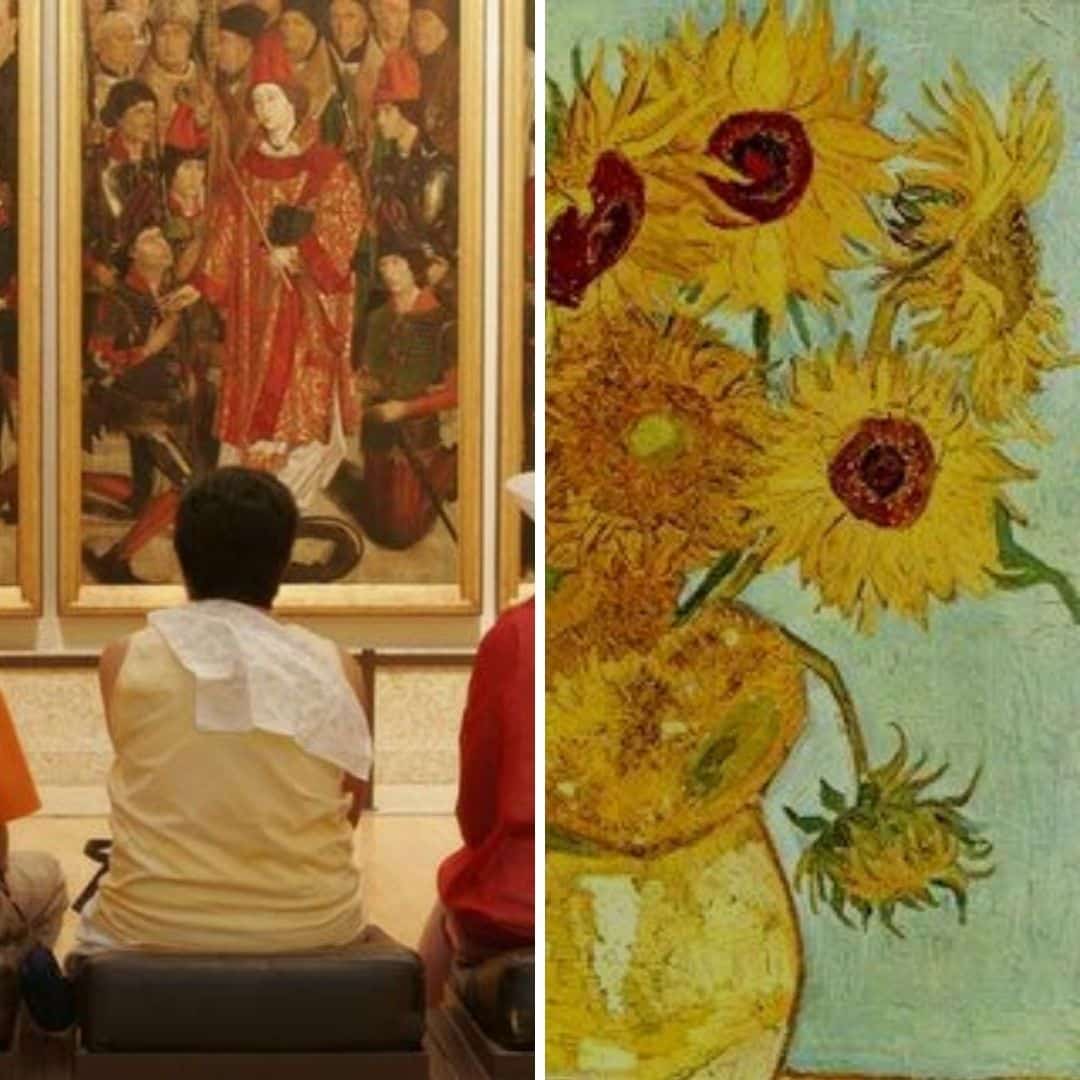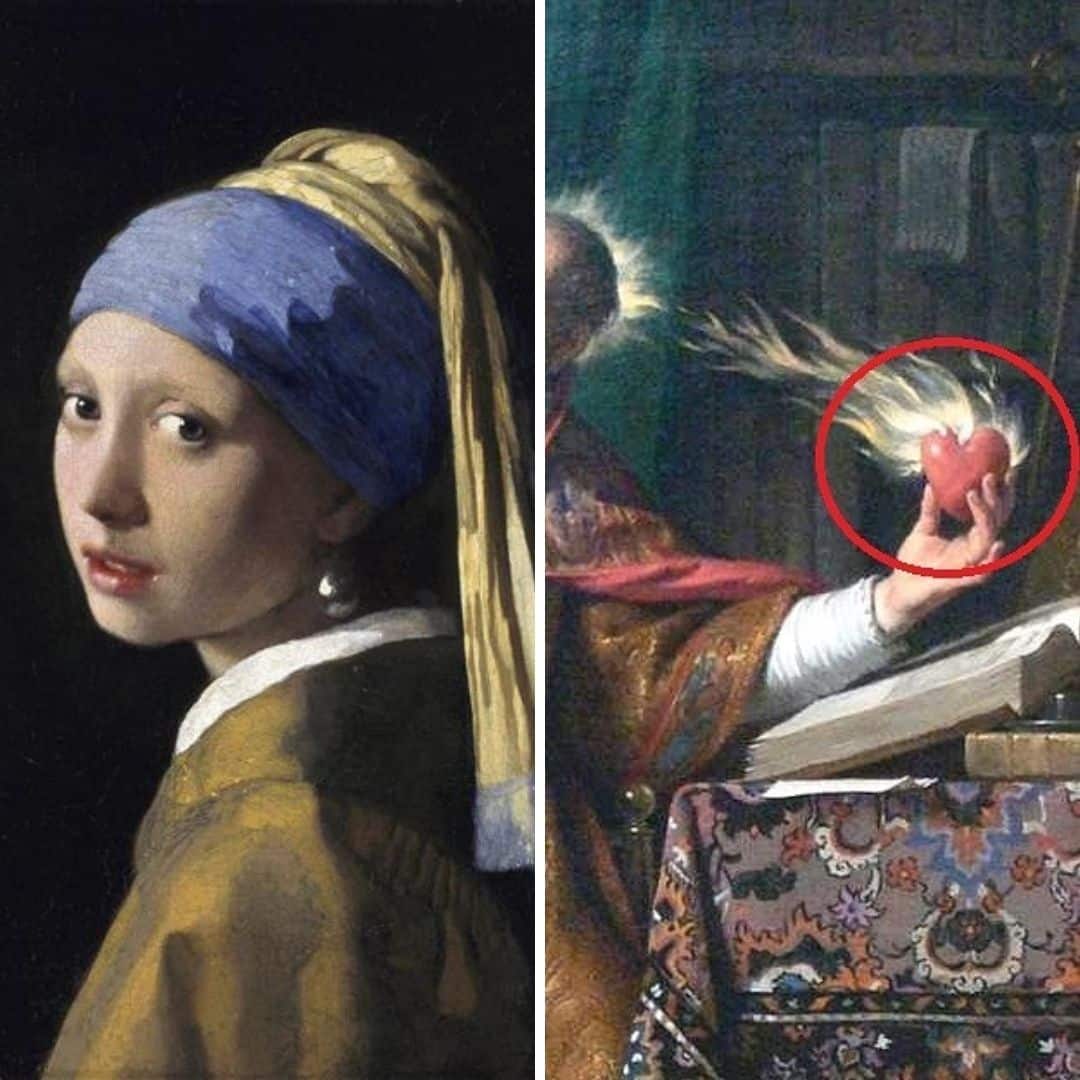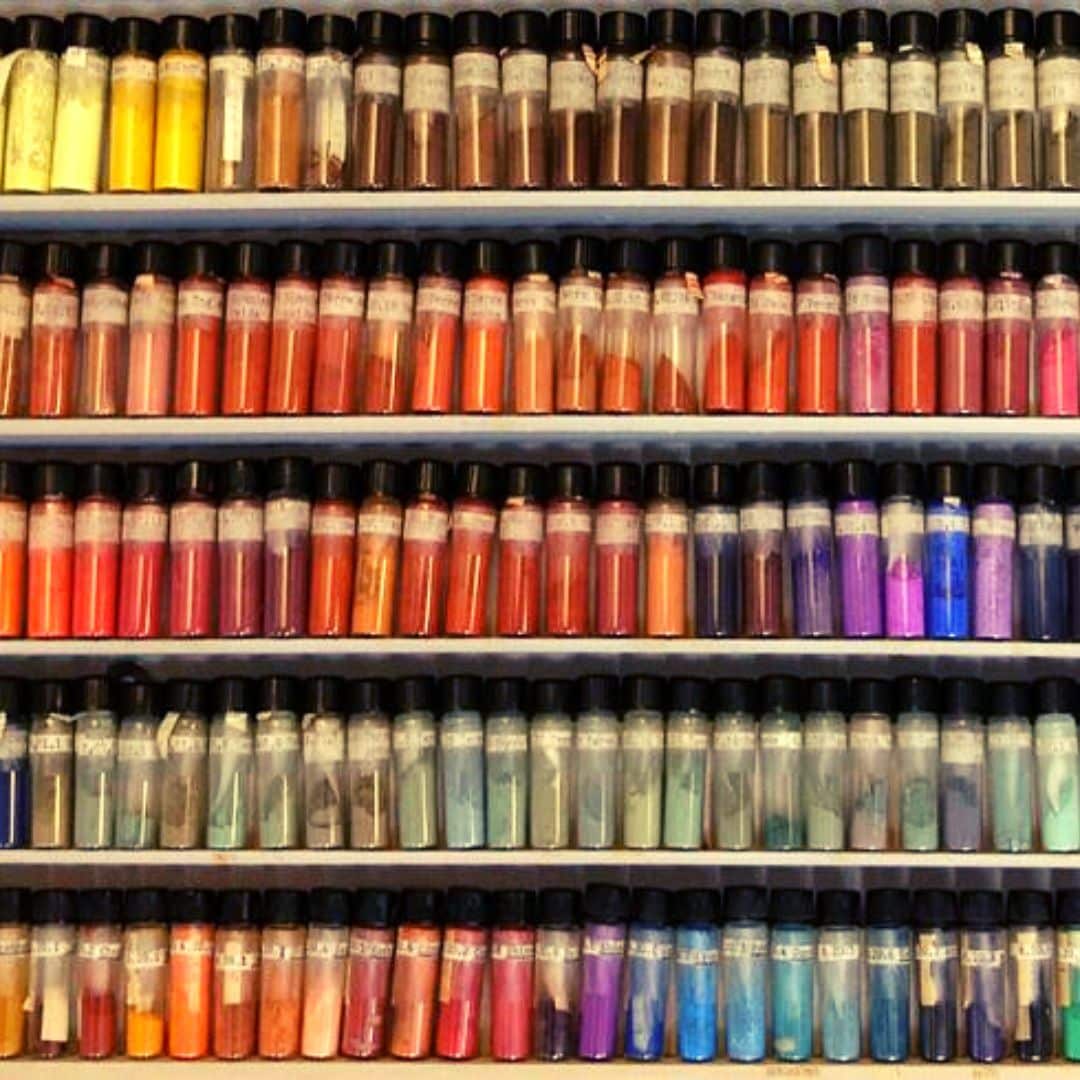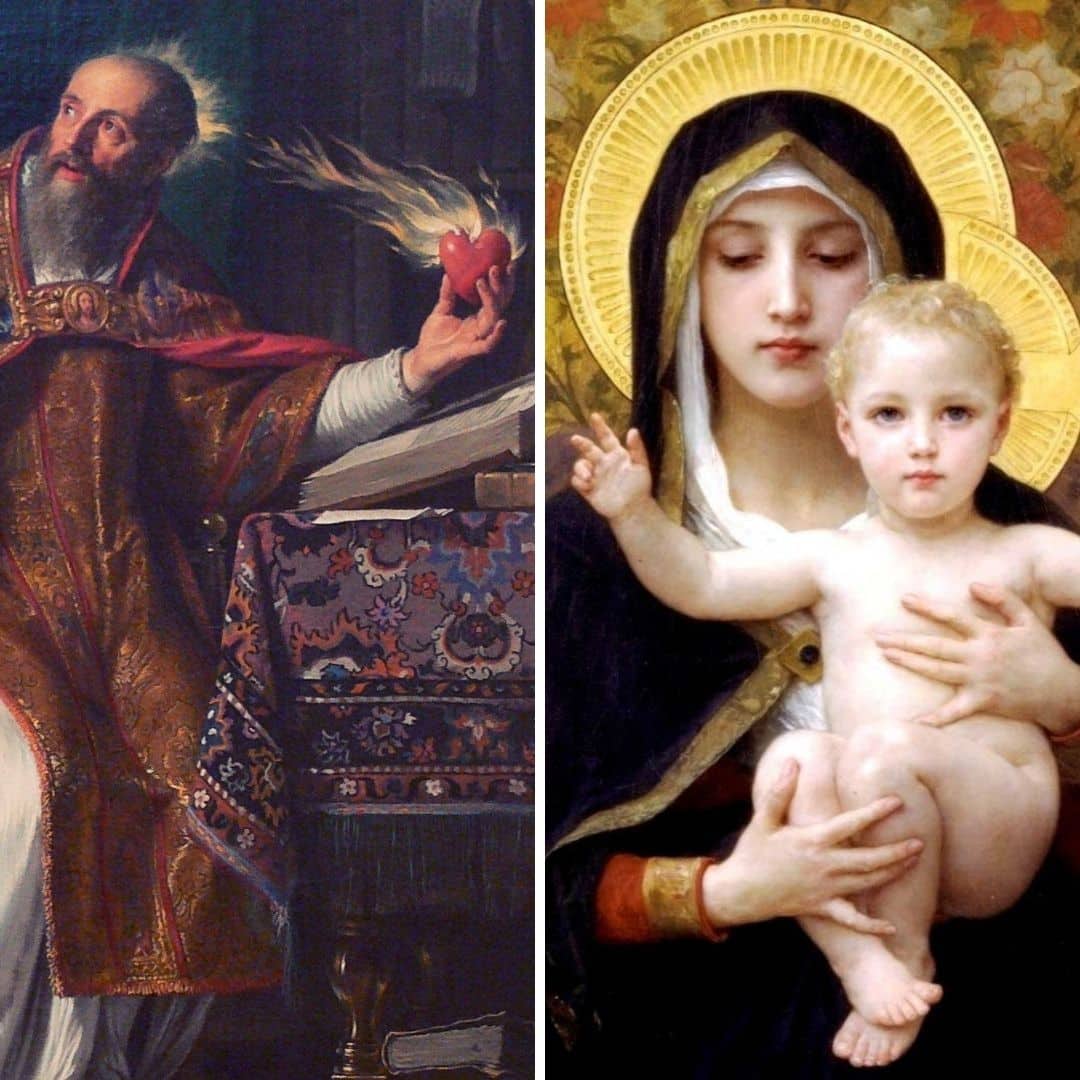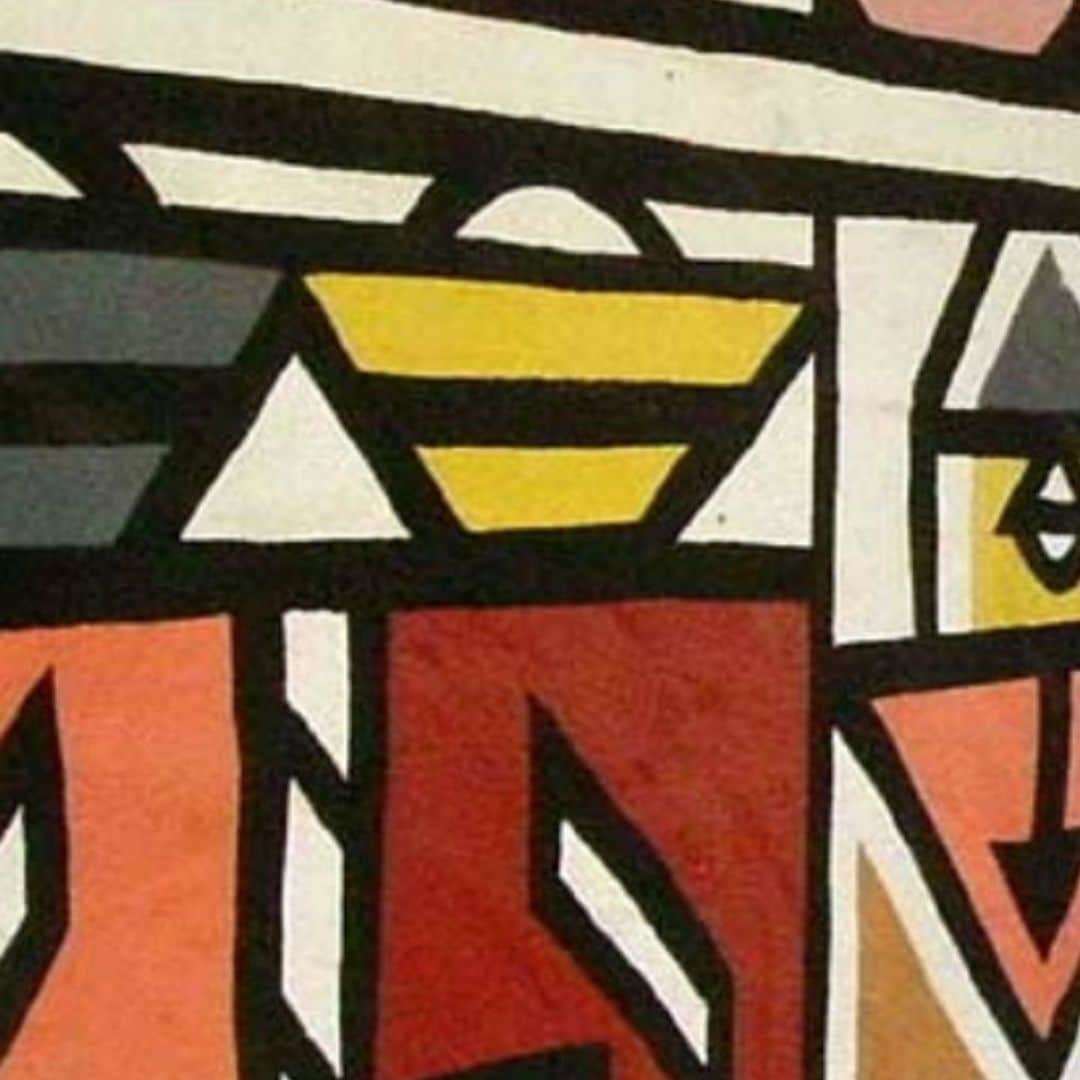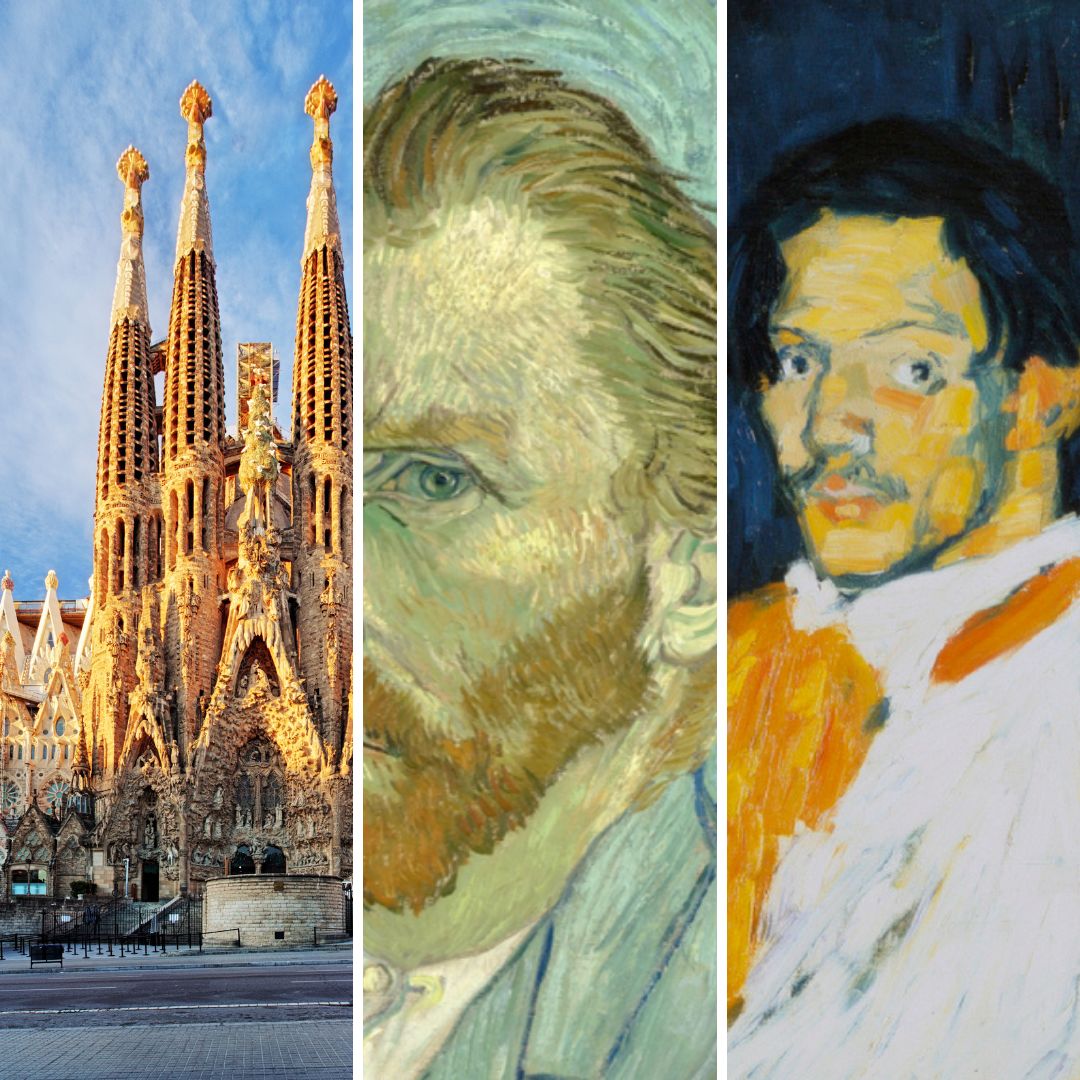The revolutionary spirit of Post Impressionism and its lasting impact on modern art
In the late 19th century, a handful of painters broke away from the luminous brushstrokes and fleeting impressions that had defined Impressionism.
They were not a formal movement, nor did they share a single artistic manifesto. What united them was a shared dissatisfaction with the limits of Impressionism — and a bold desire to explore new ways of representing the world.
This group of so-called “misfits” would later be known as the Post Impressionism and their radical experiments in color, form, and meaning helped lay the foundations of contemporary painting.
Get to know some artists and works of Post Impressionism
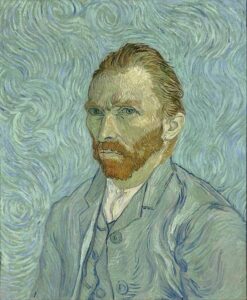
Post Impressionism consists of a set of stylistic variations. With the common goal of overcoming the traditional concept of art and expressing the artist’s vision.
In this post, with text and video by Yolanda Silva, author of the course Analyzing Art, meet some of the artists and works that integrate this artistic group.
Post Impressionism – How a group of “misfits” changed the rules of Contemporary Painting.
The Post-Impressionists were diverse in style and intention, yet they shared a conviction that painting could go beyond the optical and delve into the emotional, symbolic, and structural.
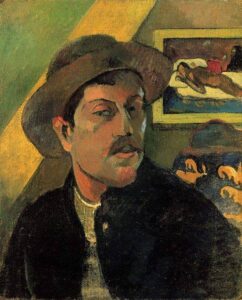
While Impressionism captured fleeting moments of light and atmosphere, Post Impressionism sought to capture something more enduring: the inner vision of the artist.
Paul Cézanne focused on structure and geometry, reducing nature to simple forms that hinted at the future of Cubism.
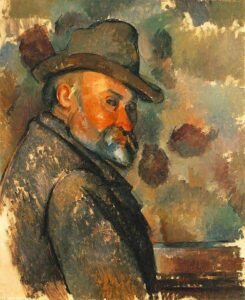
Vincent van Gogh poured his emotional intensity onto the canvas, transforming landscapes and portraits into vibrant expressions of inner turmoil and beauty.
Paul Gauguin turned toward symbolism and exoticism, rejecting Western urban life for what he perceived as purer, more elemental cultures.
Georges Seurat, with his meticulous Pointillism, fused art and science in a precise exploration of color theory.
What set these artists apart was their willingness to reject convention and follow their individual visions, even when it meant alienating critics, patrons, and sometimes each other.
They were not trying to please the art market — they were trying to redefine it.
Their legacy is seen in the bold abstraction of early 20th-century movements, from Fauvism to Expressionism, and even in today’s contemporary art.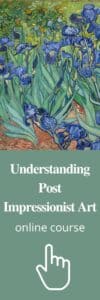
By challenging the idea that art must simply imitate life, the Post Impressionists opened the door to a century of experimentation, proving that breaking the rules can be the very act that writes the new ones.
Post Impressionism involves a wide range of different artistic styles. The common denominator is the motivation to create a new response to the Impressionist movement.
A new expression in the Art that allows the artist to show his vision of the world and life – this vision is more and more “His”.
The resulting stylistic variations were combined under a single designation. Post Impressionism that embraced various forms of artistic expression.
However, they all focused on the artist’s subjective view.
It should be noted that this movement emerged precisely in the wake of an era in which the traditional concept of beaux-arts was transcended by the need to express what was happening in the artist’s deepest interior.
Art was now a window to the soul and thought of the artist.
In this video you will know a sequence of some works and artists of this movement.

In summary
- From “Misfits” to Masters – How a group of independent artists defied Impressionism’s limits.
- Beyond Light and Color – Post-Impressionists sought structure, symbolism, and emotion.
- Key Figures – Cézanne, Van Gogh, Gauguin, and Seurat each broke the mold in unique ways.
- Artistic Revolution – Their innovations paved the way for Cubism, Fauvism, and modern abstraction.
- Lasting Impact – Redefined painting as a personal and expressive act, not just a mirror of reality.

